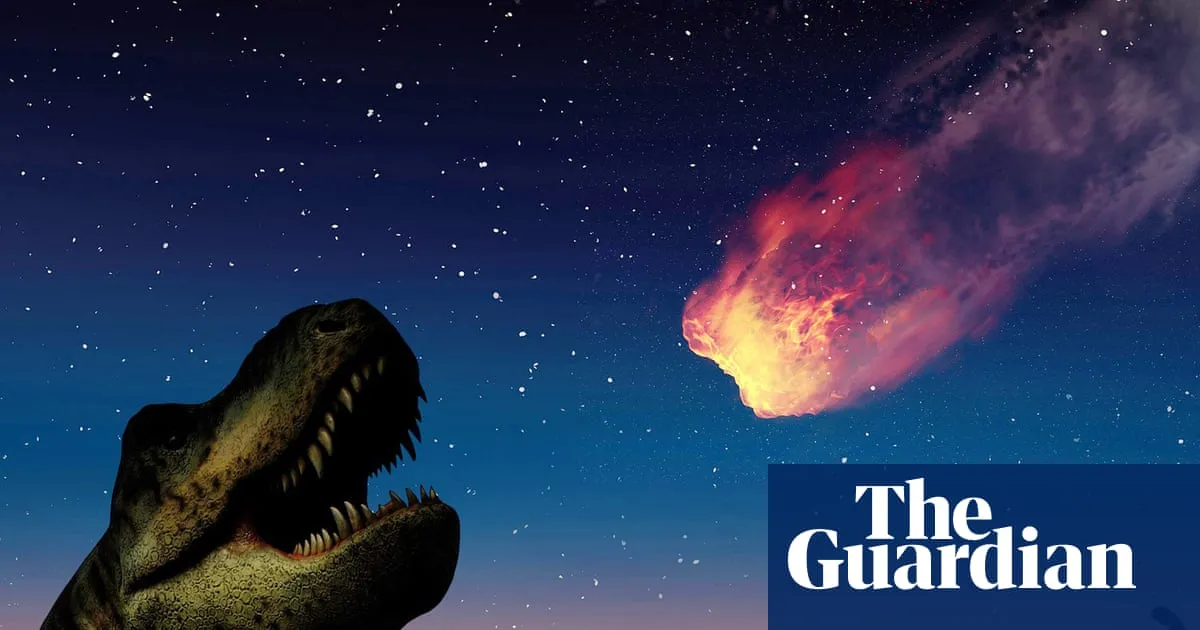
Recent research has reignited the debate surrounding the extinction of dinosaurs, particularly the idea that dinosaurs were in decline prior to the catastrophic asteroid strike. According to a team of researchers, including Dr. Andrew Flynn from New Mexico State University, their findings suggest that dinosaurs were thriving just before the asteroid impact that occurred approximately 66 million years ago during the late Cretaceous period. This groundbreaking study challenges the long-held belief that a gradual decline led to their extinction.
About 66 million years ago, a massive asteroid collided with Earth, leading to a significant mass extinction event that wiped out nearly all dinosaur species, with the notable exception of birds. While some experts previously posited that dinosaurs were already facing a decline, the recent research draws attention to newly dated rock formations in New Mexico that paint a different picture.
The research team focused on a rock formation known as the Naashoibito Member in the San Juan Basin. Utilizing two methods to date this rock, the team first analyzed the ratio of two argon isotopes found within the crystals. This analysis provided a maximum age for the rock's formation. The second method involved assessing the alignment of magnetic particles within the rock, which reflects the direction of Earth’s magnetic field at the time of its formation.
Dr. Flynn stated, “The extinction event actually happens essentially directly in the middle of a fairly short period of polarity where Earth’s magnetic poles are reversed.” The findings suggest that the last dinosaurs in southern North America lived no more than 350,000 years before the asteroid impact, indicating that these creatures were not on a path to extinction.
One of the key implications of this study is that the dinosaurs of this era were likely more diverse than previously understood. Dr. Flynn emphasized that there wasn’t a uniform dinosaur fauna in North America that made them susceptible to extinction. While certain species, like the fearsome Tyrannosaurus rex, were prevalent in both northern and southern regions, significant differences existed among the species.
Professor Steve Brusatte, a co-author of the study from the University of Edinburgh, highlighted these differences. He noted that northern regions were home to numerous horned triceratops and typical duck-billed dinosaurs like edmontosaurus, while southern regions included duck-billed dinosaurs with elaborate crests and gigantic long-necked sauropods. One such sauropod, alamosaurus, measured nearly 30 meters (approximately 100 feet) in length and weighed more than a Boeing 737.
Dr. Flynn argued that the notion of a declining dinosaur population leading up to the asteroid impact may stem from the scarcity of exposed rock formations and fossils from the end of the Cretaceous period. He stated, “It looks like, as far as we can tell, there’s no reason they should have gone extinct except for the asteroid impact.”
Professor Michael Benton from the University of Bristol praised the study's findings, calling it “exciting” and emphasizing the diversity of late-surviving dinosaurs in New Mexico. However, he noted that the research focused on a single location, which may not fully represent the complexity of dinosaur species across North America or globally. Benton pointed out that, while this study presents evidence of diversity in one locality, there were indications of an overall decline in dinosaur diversity during the last six million years of the Cretaceous, with species numbers dropping from 43 to 30 in western North America.
In conclusion, this new research provides compelling evidence that the extinction of dinosaurs was likely a result of the asteroid impact rather than a long-term decline, reshaping our understanding of these magnificent creatures and their final days on Earth.